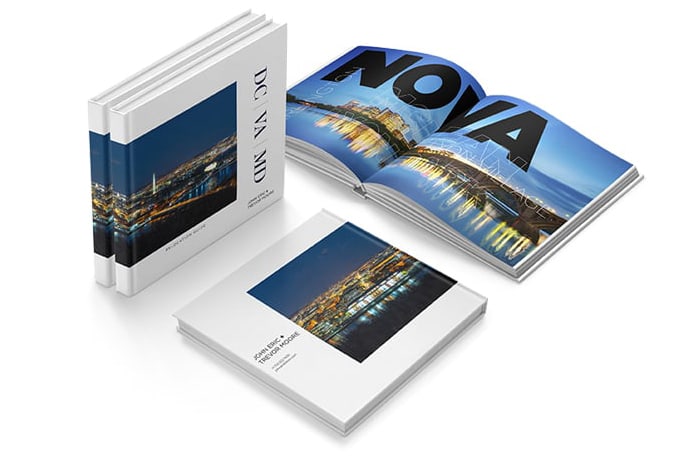
by Oliver Lopez-Casey
The world of robotics is a fascinating place. But where do many robotics engineers train for their field? Often, it comes from STEM concentrations in high schools across the country. One way this is evidenced is by FIRST Robotics and their work in STEM disciplines. On April 19th this organization will hold their World Competition in robotics where high school teams from across the world join together to compete. In our current issue of John Eric Home, Oliver Lopez Casey, a graduating senior who is Team Captain of one of the top 10 high school robotics teams in the world, explains FIRST, the competitions, and all things robotics.
Having Fun While Learning How to Create a New World
by Oliver Lopez-Casey

Robotics, as defined by Merriam Webster, is technology focused on the design, construction, and operation of robots in automation. The working definition for engineers and students is using robots to automate and speed up the workflow of modern industry.
You can see robotics in your everyday life wherever you go. Modern cars are full of automation on both the inside and out. Electric cars are, you could say, fully robotic since they run on electricity and are full of modern luxuries like tv sized screens and massaging seats. Self-checkout is another example of an automated robotic experience that one experiences every day. Since the beginning of the 21st century, robotics has taken over the modern workforce in things like manufacturing, healthcare, and consumer industry.
The industry has spread to things like manufacturing, medical care, and even things like exploration. Robots like the DaVinci surgical robot allow doctors to perform precise medical procedures in a controlled and safe manner. Robots with complex arms have made car manufacturing easier by manipulating pieces around factories like with ease.
The Industrial Robotics Market was valued at approximately $41.7 billion in 2021 and is projected to reach roughly $81.4 billion by 2028. As the world turns more and more towards automation, robotics growth is exploding.
The spread of this technology has been so immense in the last 15 years that many organizations have been formed to spread robotics and all areas of STEM (Science, Technology, Engineering, and Math) across the world in a variety of ways. One way this has been spread is through the spread of competitive robotics in schools. Many organizations have been created such as FIRST Robotics and Vex Robotics.

The oldest of these organizations is FIRST robotics, which stands for For Inspiration of Recognition of Science and Technology. FIRST hosts 3 levels of robotics competitions every year. This organization was founded by Dean Kamen, the inventor of the insulin pump and the segway. Seeing a serious gap between the United States and the rest of the world in growing technological advances, Kamen created this organization in collaboration with MIT professor Woodie Flowers in 1989. Kamen claims that of all his inventions, FIRST is his favorite and most fun to come back to.
The youngest FIRST program which also focuses on young STEM students is the FIRST LEGO League. This league was created for K-8 level students. The robotics part of the competition involves designing and programming LEGO education robots to complete tasks. The students work out a solution to a problem related to the theme (which changes every year) and then meet for regional, national, and international tournaments to compete. These students have two minutes to use preprogrammed commands using sensors to tell where the robot is on the field.
The second of the FIRST robotics programs is the FIRST Tech Challenge. This competition consists of 15 member teams competing with 18x18x18 inch robots on a 12-foot squared playing field. These teams compete on a budget of $5,000 and use a set list of approved parts. They compete at local qualifying events to have a chance of advancing to their regional championship. After competing at these regional championships, they can either win the event outright or win one of the qualifying awards to advance to the World Championship.
The final and oldest of the FIRST competitions is the FIRST Robotics Competition. This competition consists of 125-pound robots competing in a 3vs3 march style on a 50-foot by 70-foot field. Every January, FIRST announces the season’s theme for competitions, which varies. “Recycle Rush,” “Aerial Assist,” “Ultimate Ascent,” and “Rumble Rebound” are themes from past years which highlight different aspects a robot’s capabilities.

Once the theme of the season is announced, teams have six weeks to build their robots which are created with fully custom parts and design. Upon completion, teams compete at regional competitions against 50 other teams from across the country to have a chance at advancing to the World Championship. These competitions are intensely competitive and bring out the best in each and every team. At the competitions, the three winning teams advance to the World Championship as do the winners of the Impact Award. The Impact Award recognizes an outstanding team in the FIRST robotics community who has spread the word of STEM in amazing and advanced ways. The World Championship, annually held in Houston, is an intense competition drawing STEM students from across the planet. It is intense and amazing to participate in.
The significance of robotics in today’s world – and its growth in terms of discovery and implementation is easy to see by the companies who support STEM. FIRST is sponsored by a wide variety of companies and organizations from NASA to Disney to Boeing to Johnson & Johnson to Apple to the United States Department of Defense.
Robotics is a complex and fascinating new science that will continue to advance as we advance. Using robotics, we can make complex tasks simple and easily repeatable. Technology is a way we can advance as a society, so we need to advance with it.


